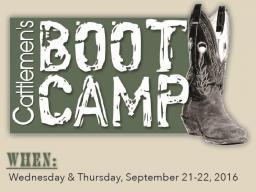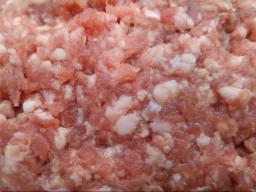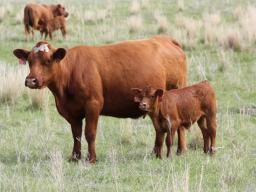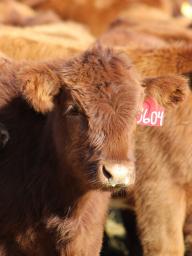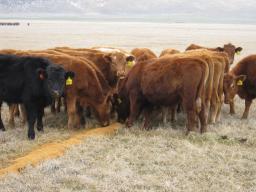 Dried distillers grains are an excellent protein and energy supplement for cattle grazing winter range or meadow. The availability of dried distillers grains (DDGS) and its price in comparison to alternative protein supplements make it a competitive feed option. One question asked when considering Continue reading…
Dried distillers grains are an excellent protein and energy supplement for cattle grazing winter range or meadow. The availability of dried distillers grains (DDGS) and its price in comparison to alternative protein supplements make it a competitive feed option. One question asked when considering Continue reading…
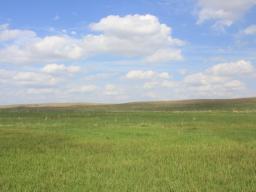 Beef production in many areas of Nebraska is contingent on rangelands that produce native vegetation. We rely on this vegetation to capture energy from the sun, expend that energy into forage, be grazed, reproduce, and then do it all over again during the next growing season. We often ask a lot of o Continue reading…
Beef production in many areas of Nebraska is contingent on rangelands that produce native vegetation. We rely on this vegetation to capture energy from the sun, expend that energy into forage, be grazed, reproduce, and then do it all over again during the next growing season. We often ask a lot of o Continue reading…
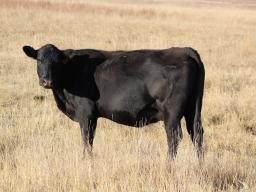 Typically the sale of cull cows accounts for 15 to 30% of the yearly gross revenues of cow-calf operations in the U.S. Historic cull cow prices over the past 30 years have been the lowest in the months of November, December & January; and at their highest in level in March, April and May. Prices i Continue reading…
Typically the sale of cull cows accounts for 15 to 30% of the yearly gross revenues of cow-calf operations in the U.S. Historic cull cow prices over the past 30 years have been the lowest in the months of November, December & January; and at their highest in level in March, April and May. Prices i Continue reading…
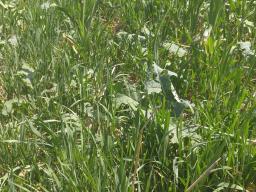 Cover crops are reportedly good for many purposes. They can reduce erosion, fix nitrogen, add organic matter, breakup hardpans, capture soil nitrates, feed soil microbes, control weeds, and improve water infiltration. They might remove excess moisture, keep soils cool, or reduce evaporation. Hope Continue reading…
Cover crops are reportedly good for many purposes. They can reduce erosion, fix nitrogen, add organic matter, breakup hardpans, capture soil nitrates, feed soil microbes, control weeds, and improve water infiltration. They might remove excess moisture, keep soils cool, or reduce evaporation. Hope Continue reading…
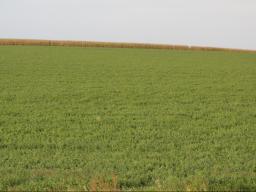 As we start September, it's time to decide when to take your last cutting of alfalfa.
As we start September, it's time to decide when to take your last cutting of alfalfa.
The date you take your last harvest of alfalfa affects its winter survival and next spring's vigor. Alfalfa needs about six weeks of uninterrupted growth in the fall to become fully winterized. T Continue reading…
 Dried distillers grains are an excellent protein and energy supplement for cattle grazing winter range or meadow. The availability of dried distillers grains (DDGS) and its price in comparison to alternative protein supplements make it a competitive feed option. One question asked when considering Continue reading…
Dried distillers grains are an excellent protein and energy supplement for cattle grazing winter range or meadow. The availability of dried distillers grains (DDGS) and its price in comparison to alternative protein supplements make it a competitive feed option. One question asked when considering Continue reading…



